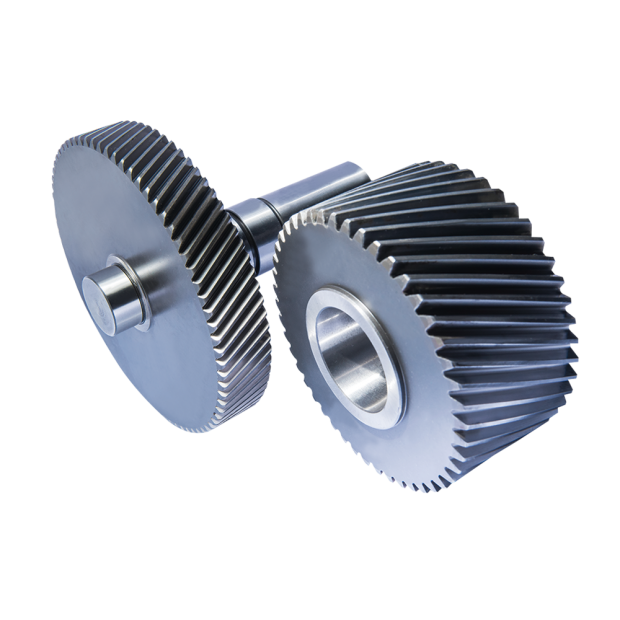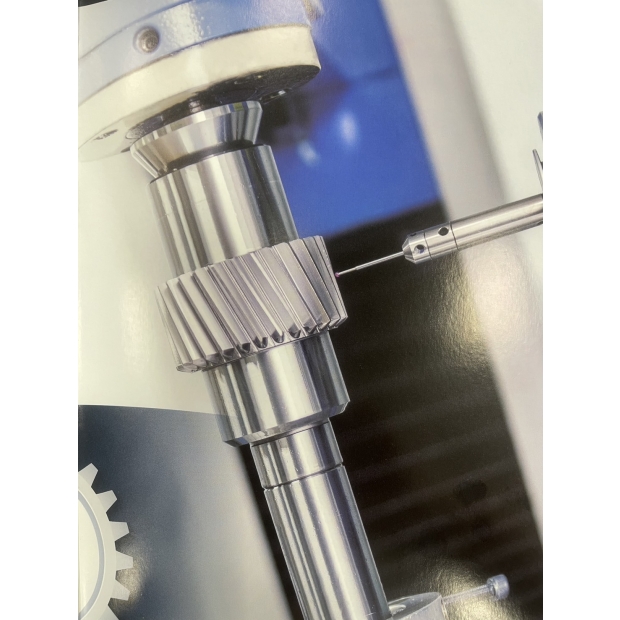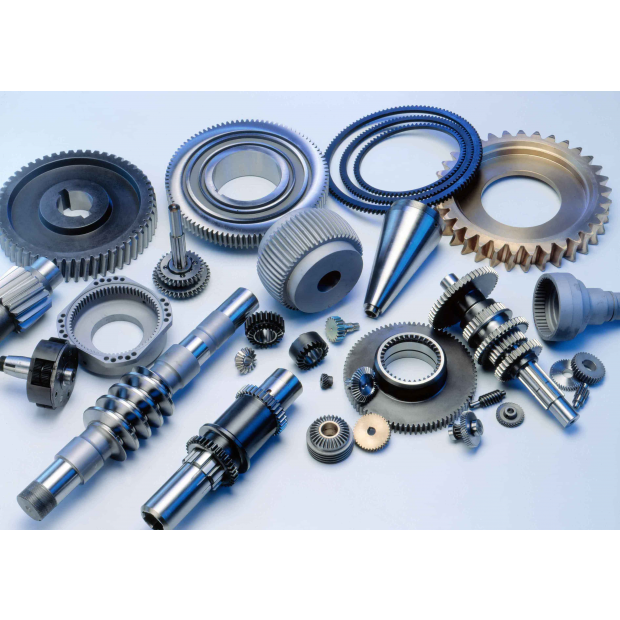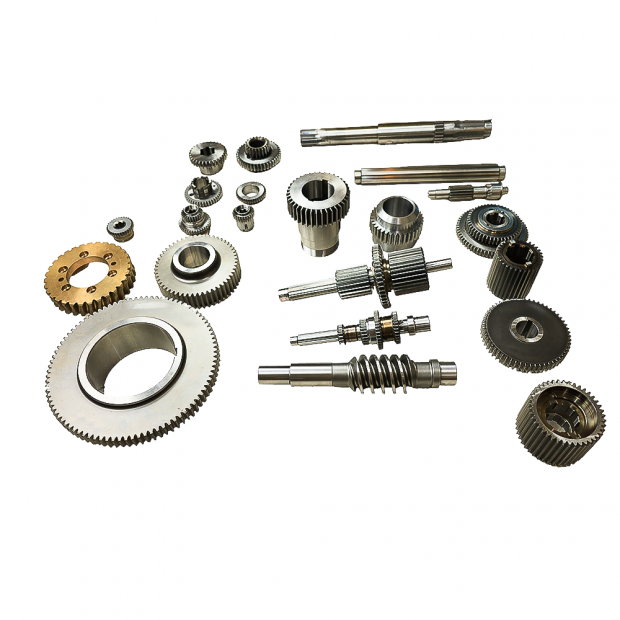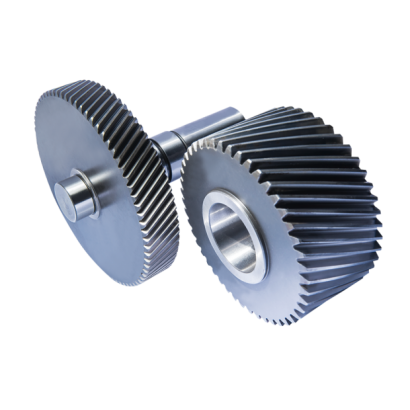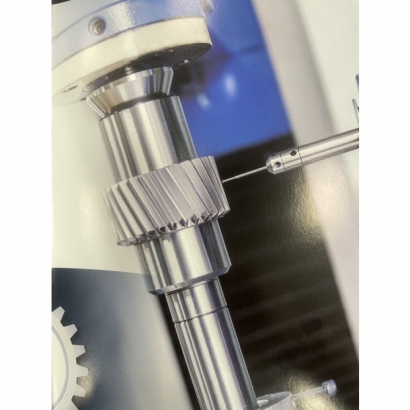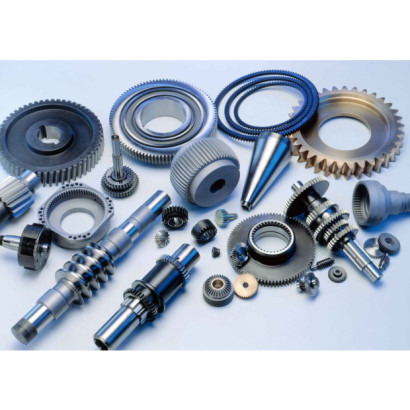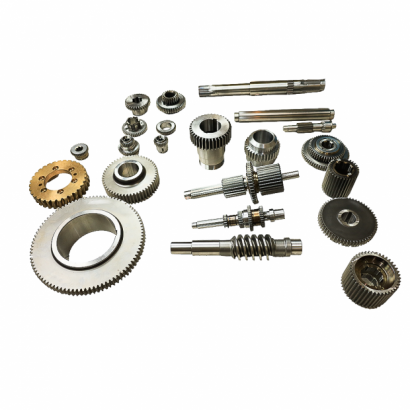-
Teeth Orientation: The teeth of helical gears are cut at an angle to the gear axis, forming a helix pattern around the gear. This angled tooth orientation allows for smoother and quieter operation compared to spur gears.
-
Contact Pattern: Helical gears have a gradual engagement of teeth, which results in a smoother meshing action and less noise compared to spur gears. This makes them suitable for applications requiring high-speed and high-load capacities.
-
Load Distribution: Due to their angled teeth, helical gears can transmit higher loads and provide more efficient power transmission compared to spur gears. They distribute the load over several teeth, reducing wear and increasing durability.
-
Applications: Helical gears are commonly used in various industries such as automotive, aerospace, marine, and industrial machinery. They are suitable for applications where smooth and quiet operation, high efficiency, and precise motion control are required.
-
Types: There are two main types of helical gears: parallel helical gears (where the shafts are parallel) and crossed helical gears (where the shafts are at an angle). Each type has specific applications depending on the shaft orientation and requirements of the system.
In summary, helical gears are characterized by their helically shaped teeth and are valued for their smooth operation, high efficiency, and ability to transmit substantial loads in mechanical systems.

